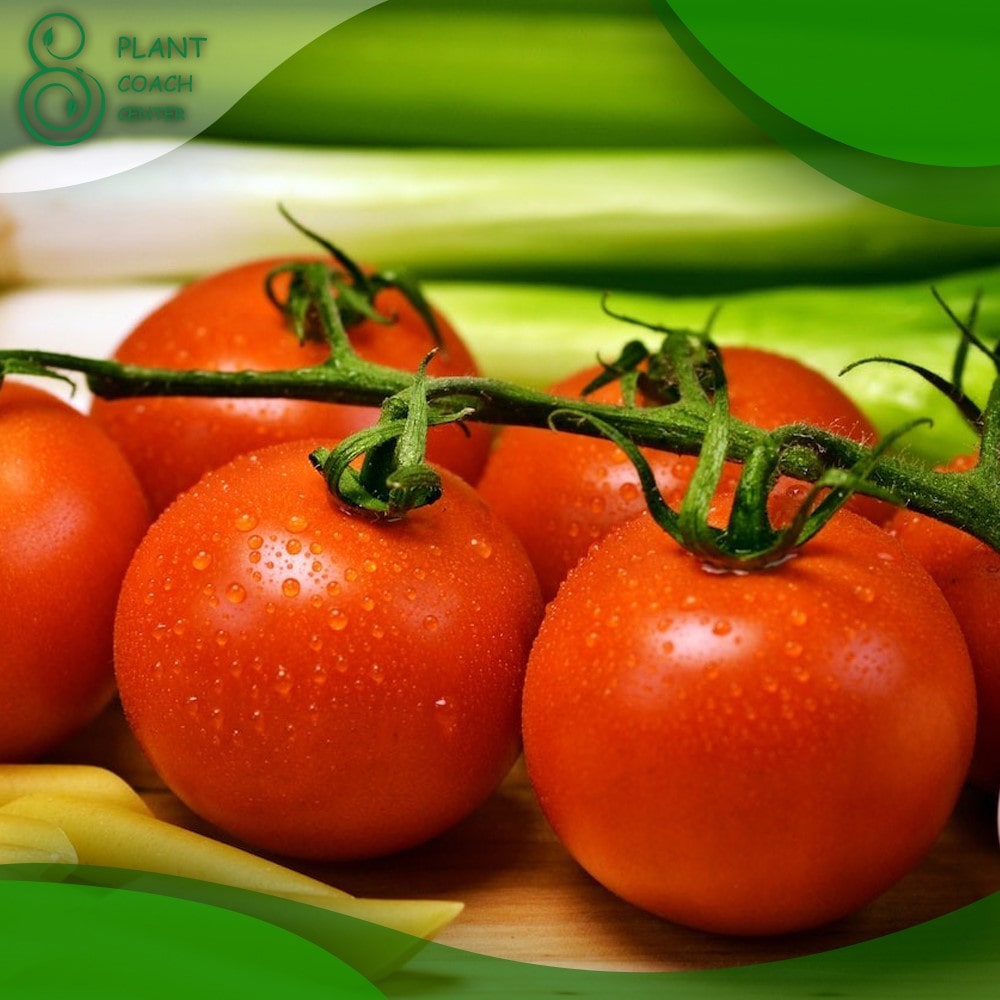Introduction to when to plant Roma Tomatoes
Roma tomatoes, with their vibrant red color and robust flavor, are a favorite among gardeners and culinary enthusiasts alike. These versatile tomatoes are well-suited for various culinary applications, including sauces, salsas, and canning.
In this comprehensive guide, we will explore the best practices for planting Roma tomatoes, focusing on the optimal timing to ensure a successful harvest. Whether you’re a seasoned gardener or a beginner, this article will provide valuable insights and tips for growing these delightful tomatoes. For more information and resources on plant coaching and plant-related topics, be sure to visit plantcoachcenter.com.
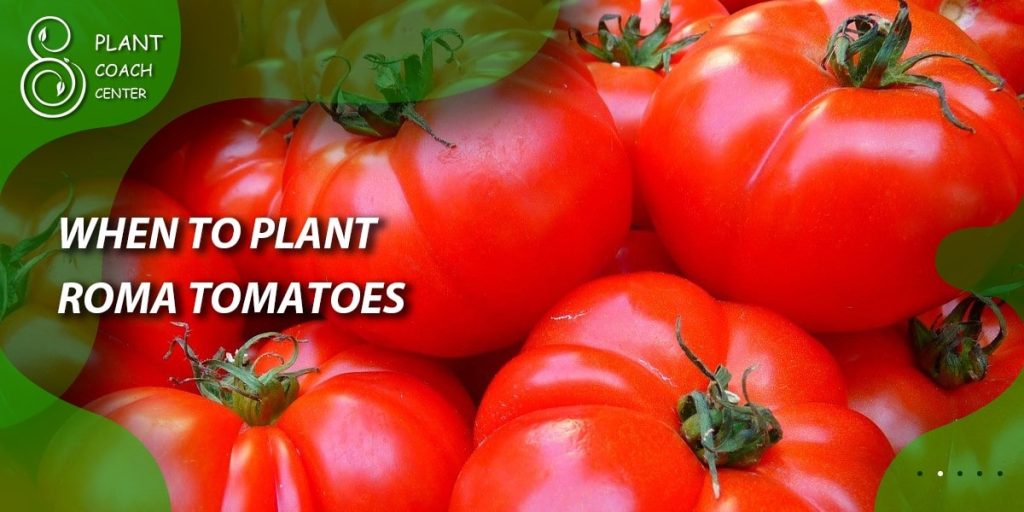
Understanding Planting Timing for Roma Tomatoes
Proper planting timing is crucial for the success of Roma tomatoes. Several factors come into play when determining the ideal time to plant, including climate, seasonal considerations, and local conditions. By understanding these factors, you can make informed decisions and maximize your chances of a bountiful harvest.
Planting Roma Tomatoes: Climate and Season Considerations
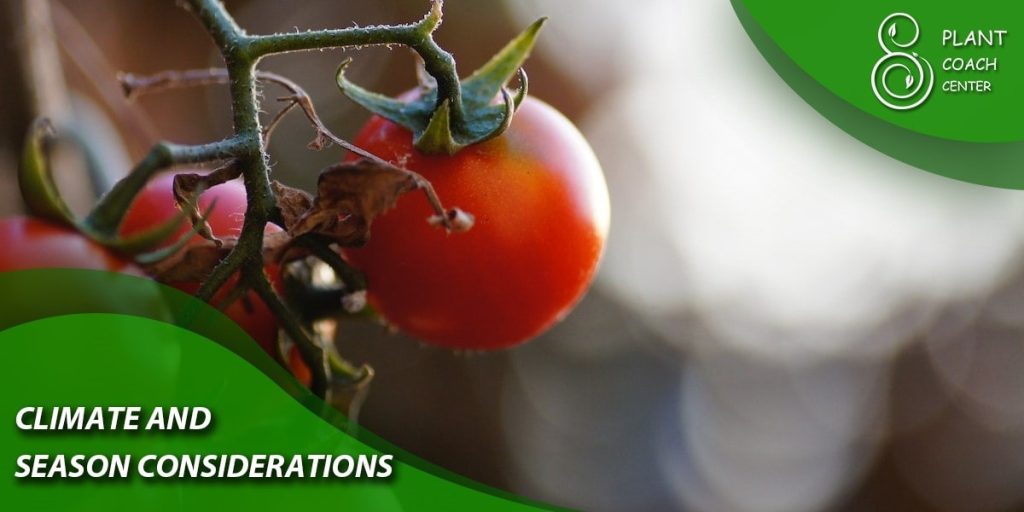
Before getting your hands dirty, it’s important to familiarize yourself with the climate requirements for Roma tomatoes. These tomatoes thrive in warm and moderate climates, typically requiring a minimum temperature range of 50-85°F (10-29°C) for optimal growth. However, they are sensitive to frost and cold temperatures. Consider the following seasonal considerations when planning your Roma tomato planting:
– Determining Your USDA Hardiness Zone: Consult the USDA Hardiness Zone map to identify your specific growing zone. This information will help you understand the average frost dates and the length of your growing season.
– Ideal Climate Conditions for Roma Tomatoes: Roma tomatoes prefer a sunny location with well-drained soil. They require at least 6-8 hours of direct sunlight daily for healthy growth and fruit development.
– Seasonal Considerations for Planting: Depending on your location, you may choose to plant Roma tomatoes in early spring, late spring, or early summer. Consider the expected temperatures, frost dates, and the length of your growing season to determine the optimal time for planting.
Preparing for Roma Tomato Planting
Proper preparation is key to successful Roma tomato planting. Before you start, consider the following steps to ensure your tomato plants have the best possible start:
– Selecting High-Quality Roma Tomato Varieties: Choose reputable seed suppliers or nurseries that offer high-quality Roma tomato seeds or seedlings. Opt for disease-resistant varieties to minimize potential issues.
– Seed Starting vs. Transplanting: Decide whether you want to start your Roma tomatoes from seeds or purchase young seedlings. Starting from seeds allows for a wider variety selection, while transplanting seedlings provides a head start.
– Starting Roma Tomato Seeds Indoors: If you choose to start from seeds, begin the process indoors 6-8 weeks before the last expected frost date. Use seed trays or pots filled with a sterile seed-starting mix. Sow the seeds at the appropriate depth, provide adequate moisture, and maintain optimal temperature and light conditions for germination.
– Preparing the Soil for Planting: Roma tomatoes thrive in well-drained, fertile soil. Prepare the planting area by removing weeds, rocks, and debris. Amend the soil with organic matter, such as compost or well-rotted manure, to improve its fertility and structure. Conduct a soil test to assess nutrient levels and make necessary amendments based on the results.
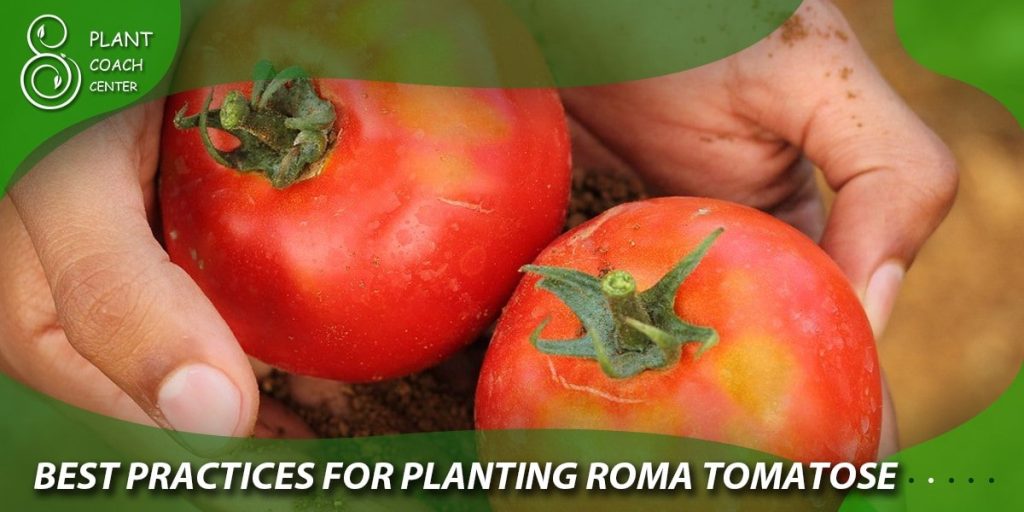
Best Practices for Planting Roma Tomatoes
Now that you’ve prepared the groundwork, it’s time to plant your Roma tomatoes. Follow these best practices to ensure optimal growth and development of your tomato plants:
– Direct Sowing vs. Transplanting Seedlings: Decide whether you want to directly sow Roma tomato seeds into the ground or transplant seedlings. Direct sowing is suitable for regions with longer growing seasons, while transplanting gives the plants a head start in shorter seasons.
– Proper Spacing and Planting Depth: Space your Roma tomato plants approximately 24-36 inches apart to provide adequate airflow and room for growth. Dig a hole slightly deeper than the root ball of the seedling and gently place it in, ensuring the plant is well-supported and the soil level matches the original container.
– Watering Techniques and Irrigation Systems: After planting, water the Roma tomato plants thoroughly to help settle the soil and provide initial hydration. Subsequently, water deeply and evenly to keep the soil consistently moist but not waterlogged. Use drip irrigation or soaker hoses to deliver water directly to the root zone, minimizing evaporation and reducing the risk of disease.
– Mulching for Moisture Retention and Weed Control: Apply a layer of organic mulch around the tomato plants to help retain soil moisture, suppress weed growth, and regulate soil temperature. Use materials such as straw, wood chips, or compost. Maintain a mulch depth of 2-3 inches, keeping it a few inches away from the plant stems to prevent rot.
Temperature Considerations for Roma Tomato Planting
the successful growth of Roma tomatoes. Understanding temperature requirements and protecting the plants from extreme conditions is essential. Consider the following factors when it comes to temperature:
– Frost-Free Dates and Tomato Planting: Frost can be detrimental to Roma tomato plants. Determine the average date of the last spring frost in your region and use it as a guideline for planting. Wait until the risk of frost has passed before exposing your tomato plants to the outdoor environment.
– Understanding Minimum Soil and Air Temperatures: Roma tomatoes thrive when the soil temperature is consistently above 60°F (15.5°C). Avoid planting when the soil is too cold, as it can stunt growth and increase the risk of diseases. Similarly, ensure the air temperature remains above 50°F (10°C) to prevent stress on the plants.
– Protecting Young Tomato Plants from Cold and Frost: If unexpected cold snaps or late-season frosts are anticipated, take precautions to protect your young Roma tomato plants. Cover them with frost blankets, cloths, or individual plant protectors, providing insulation and shielding them from extreme temperatures.
Roma Tomato Plant Care and Maintenance
Caring for your Roma tomato plants is crucial for their overall health and productivity. Follow these essential care and maintenance practices to ensure robust growth and a bountiful harvest:
– Fertilization and Nutrient Requirements: Roma tomatoes are heavy feeders and require regular fertilization. Before planting, incorporate organic matter or well-balanced slow-release fertilizer into the soil. During the growing season, provide additional nutrients using water-soluble or granular fertilizers, following the package instructions. Monitor the plants for signs of nutrient deficiencies and adjust fertilization accordingly.
– Pruning and Training Tomato Plants: Pruning and training help manage the growth of Roma tomato plants, improve airflow, and maximize fruit production. Remove suckers (the shoots that emerge from leaf axils) to redirect the plant’s energy toward fruit development. Stake or cage the plants to provide support, prevent sprawling, and reduce the risk of disease.
– Common Pests and Diseases: Identification and Management: Roma tomatoes are susceptible to various pests and diseases, including aphids, tomato hornworms, early blight, and blossom end rot. Regularly inspect the plants for signs of infestation or disease, such as yellowing leaves, spots, or wilting. Implement integrated pest management techniques, including cultural practices, organic insecticides, or biological controls, to manage pests and diseases effectively.
– Watering and Moisture Management: Consistent and adequate moisture is essential for healthy Roma tomato plants. Water deeply and evenly, aiming to keep the soil consistently moist but not overly saturated. Avoid overhead watering to minimize the risk of fungal diseases. Monitor soil moisture levels and adjust watering frequency based on weather conditions and the plant’s needs.
– Staking and Supporting Roma Tomato Plants: Providing proper support for Roma tomato plants helps maintain plant health, prevents fruit rot, and makes harvesting easier. Install stakes, cages, or trellises at the time of planting or shortly after. Gently tie the main stem to the support structure with soft twine or plant ties as the plant grows.
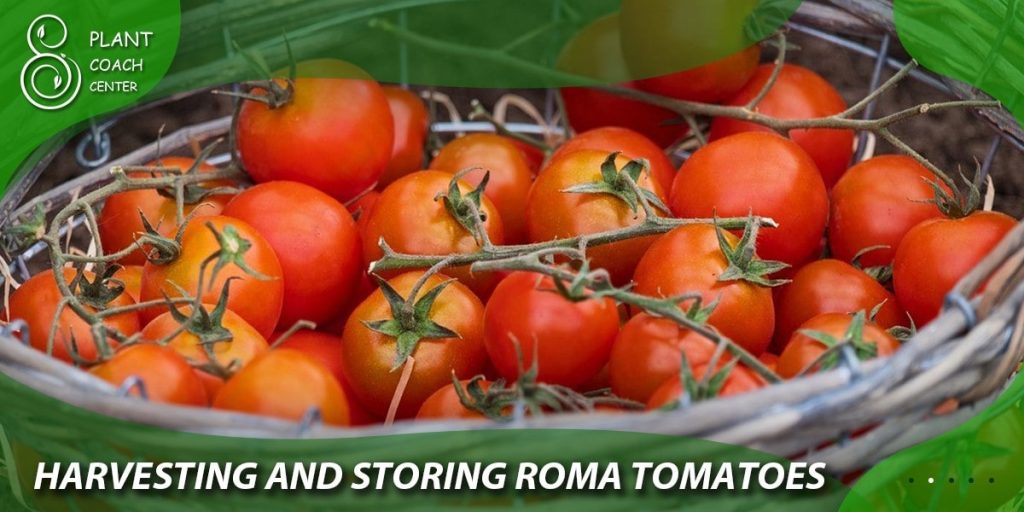
Harvesting and Storing Roma Tomatoes
The moment of reaping the rewards of your efforts has arrived—harvesting Roma tomatoes at their peak of flavor and ripeness. Follow these guidelines to enjoy the best-tasting tomatoes and store them properly:
– Determining Tomato Ripeness: Roma tomatoes are typically ready for harvest when they attain a deep red color, are firm to the touch, and have a glossy appearance. Check the fruits regularly, as they can ripen quickly, especially during warmer months.
– Proper Harvesting Techniques: To harvest Roma tomatoes, gently twist and pull the fruit from the stem. Alternatively, use a pair of sharp garden shears or scissors to cut the stem just above the calyx (the green leafy part) attached to the fruit. Handle the tomatoes carefully to avoid bruising or damaging the delicate skin.
– Post-Harvest Handling and Storage Tips: If you harvested slightly underripe tomatoes, allow them to ripen further indoors at room temperature, away from direct sunlight. For longer storage, place fully ripe tomatoes in a cool, dry location with good airflow. Avoid storing them in the refrigerator, as it can affect the flavor and texture. Use ripe tomatoes within a few days for the best taste and quality.
Conclusion: Growing Delicious Roma Tomatoes
In conclusion, growing Roma tomatoes can be a rewarding experience for gardeners and tomato enthusiasts alike. By understanding the optimal planting timing, preparing the soil, and providing proper care and maintenance, you can ensure robust growth and a plentiful harvest of these flavorful tomatoes.
Remember to consider climate and seasonal factors, protect the plants from extreme temperatures, and implement best practices such as proper spacing, watering techniques, and mulching.
Throughout the growing season, monitor your Roma tomato plants for signs of pests and diseases, and take proactive measures to manage and prevent them. Pruning and training the plants, along with providing adequate support, will promote healthy growth and maximize fruit production. When it’s time for harvest, be mindful of the tomatoes’ ripeness and handle them with care.
For more in-depth information and resources on plant coaching, gardening, and plant-related topics, be sure to visit plantcoachcenter.com. Happy gardening and enjoy the flavorful bounty of your homegrown Roma tomatoes!


